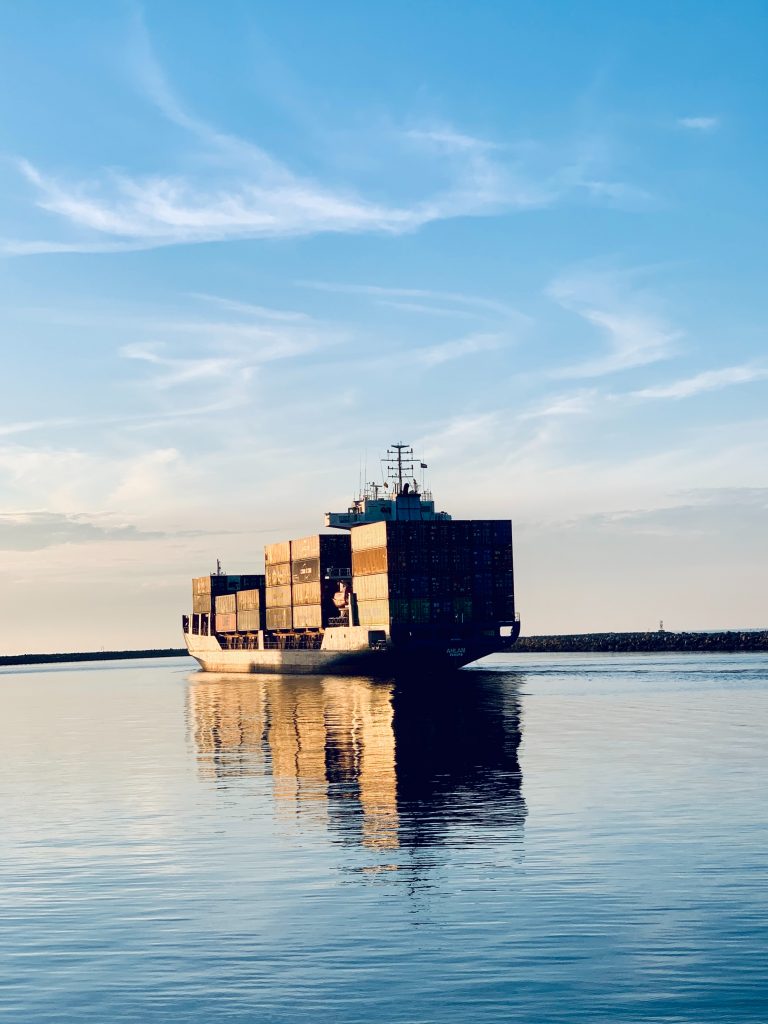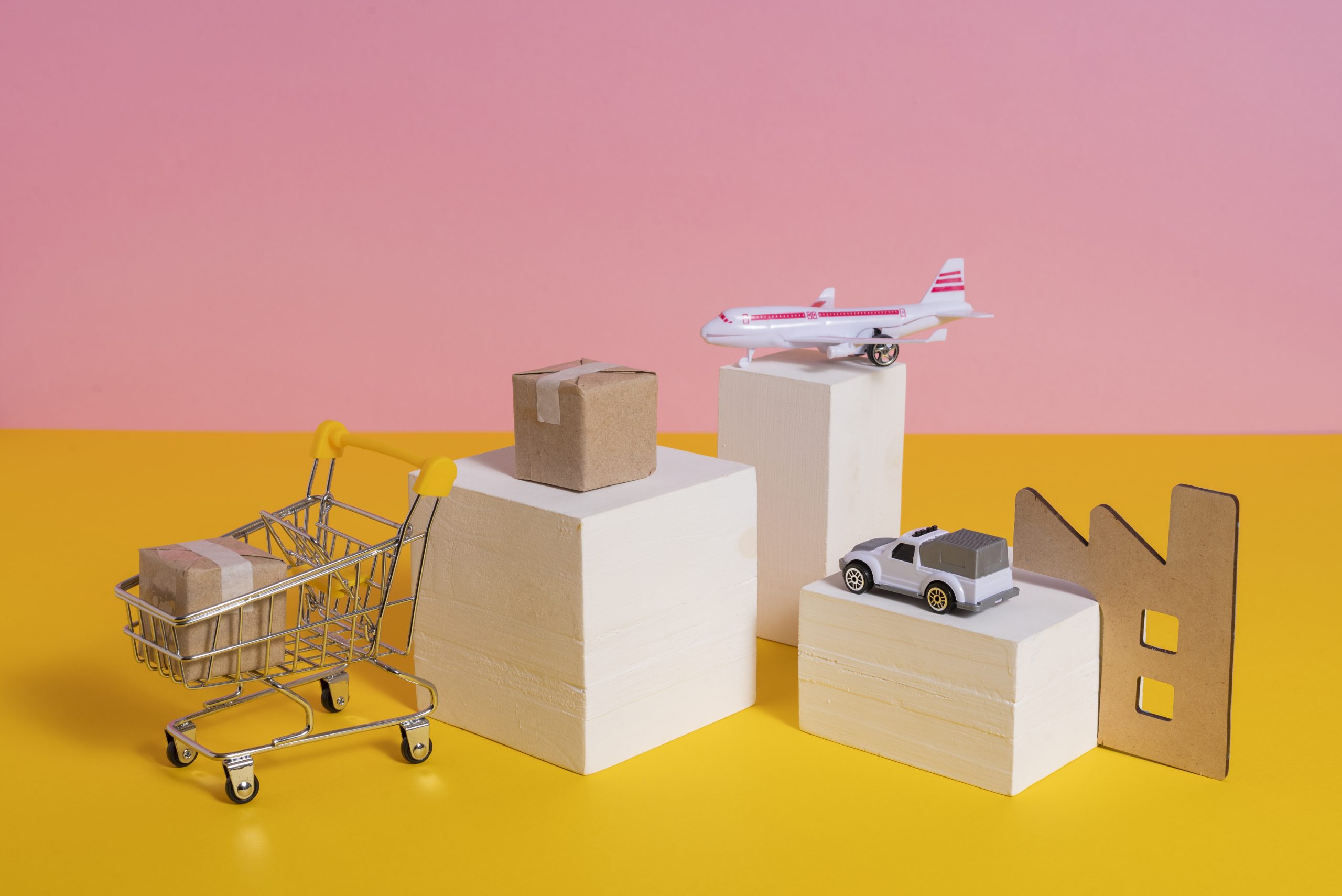If you’ve read about the upcoming shipping regulations from the International Maritime Organization (IMO), then you already know that it has set a target for the shipping industry to achieve zero emissions by 2050.
Earlier this month, a bill was introduced in U.S. Congress to reduce the amount of carbon in the fuel used by ships doing business at U.S. ports, with a target of zero pollutant emissions by 2040 – an even more aggressive target than the IMO’s goal of 2050.
Starting in 2023, the IMO will require all ships to calculate their annual carbon intensity based on a vessel’s emissions for the cargo it carries, and demonstrate that it is progressively coming down.
In the long-term, this will be great for the environment: shipping companies are responsible for about 2.5% of the world’s carbon emissions and are under increasing pressure to reduce the amount of pollution that they produce.
The shipping industry is testing alternative fuels such as methanol, hydrogen, ammonia, and even wind-powered vessels. Of all the vessels currently on order, more than 1/3 third will use liquefied natural gas (LNG), 24 can be driven by methanol and six by hydrogen. Another 180 have some form of hybrid propulsion using batteries. But many of these new technologies are still in the early stages of development.
Currently, only about 5% of the world’s shipping fleet runs on less-polluting alternatives to fuel oil. More than 40% of new ships orders will have that options, which is encouraging. In the meantime, however, new ship orders aren’t coming in fast enough, which is why in the meantime shipping firms are choosing to stay with older vessels.
While shipping firms wait for new ship orders, they can choose to retrofit their existing, older ships with devices to lower emissions. However, analysts say the quickest way to achieve the targeted reduction in pollutants is just go slower. By dropping cruising speed by 10%, a ship can slash fuel usage by almost 30%.
In other words, in the shorter term, many shipping firms are sticking with their ageing fleets, but older vessels may soon have to start sailing slower to comply with new environmental rules.
Supply chains are already strained from more than two years of COVID-19 lockdowns, disruptions at ports, and a lack of new ships. If older vessels are forced to slow down as well, shipping could take another hit at a time when freight rates are at an all-time high.
Read the full report at the World Economic Forum.
The best way to stay informed on supply chain, shipping, and other important issues is to stay connected with a customs broker.




